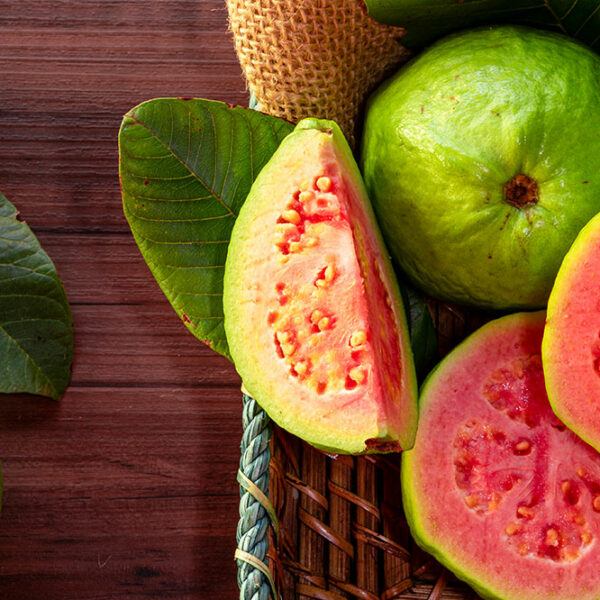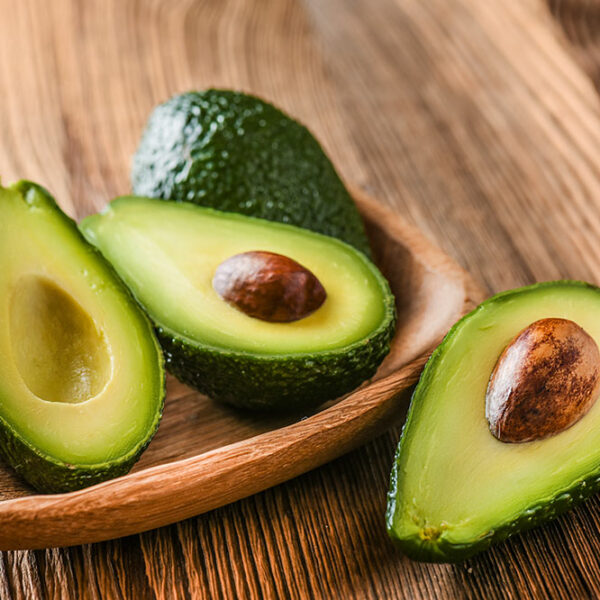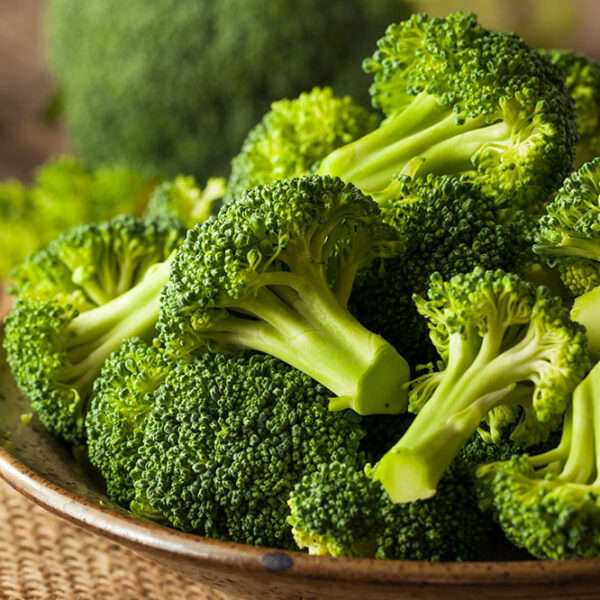
3 common stomach conditions you should know about
Stomach conditions refer to all diseases and illnesses that affect the stomach, and most stomach conditions cause abdominal pain and discomfort. Also, stomach ache is extremely common, so it is often brushed aside, but it can be a symptom of severe stomach conditions at times, especially if it’s chronic. Here are three common stomach conditions you should know and consult a doctor about: Gastritis This condition leads to sudden or gradual inflammation of the stomach lining. In the case of chronic gastritis, the symptoms develop gradually. Some of the symptoms of this stomach condition are nausea and vomiting, along with abdominal pain, heartburn, and loss of appetite. In some cases, this condition can also be asymptomatic. The most common causes of this stomach condition are bacterial and viral infections. Apart from that, bile reflux into the stomach can also lead to the development of gastritis. The main factors that increase an individual’s risk of developing gastritis are extreme stress, frequent use of painkillers like aspirin, excessive alcohol consumption, and even chronic vomiting. Also, the elderly have a higher presence of the Helicobacter pylori (H.pylori) bacteria in their bodies, which is known to be one of the causes of this stomach condition.









